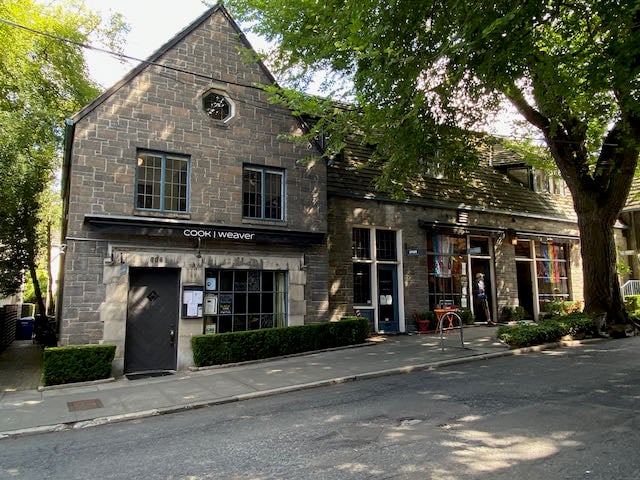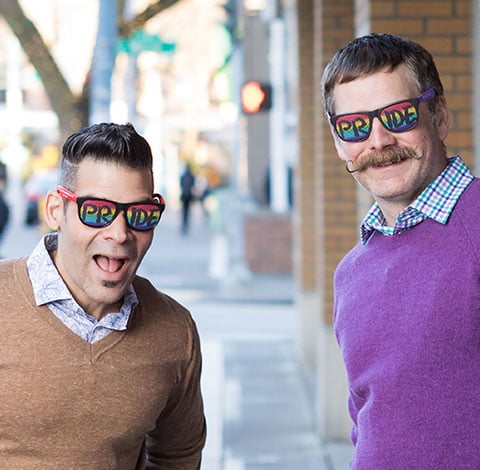🌿 Parks of Broadway: Exploring Green Spaces in Seattle’s Most Vibrant Neighborhood
Broadway i…
Welcome to our Capitol Hill Seattle blog — a place where we dive deeper into one of the city’s most vibrant and iconic neighborhoods. Whether you’re exploring the history behind the streets, tracking local market trends, or just curious about what it’s like to live here, this is your hub for Capitol Hill stories and updates.
This blog category complements our main Capitol Hill district page, offering insights that go beyond the basics — from architecture and development to parks, lifestyle, and local culture.
Capitol Hill blends classic Seattle charm with modern energy. It’s home to leafy parks, historic buildings, bold street art, and a deeply rooted LGBTQ+ community. Residents enjoy walkable streets, diverse restaurants, and a calendar full of events — from PrideFest in June to community markets and performances throughout the year.
Each part of Capitol Hill has its own flavor, from the hustle of Broadway and the artistic vibe of Pike-Pine to the quiet elegance near Volunteer Park. You’ll find Craftsman homes, mid-century apartments, and new construction condos — often all on the same block.
Seattle’s Capitol Hill was named by real estate developer James Moore in 1901. Some say he chose the name in hopes of attracting the state capitol to Seattle. Others believe he borrowed it from Denver’s Capitol Hill, where his wife grew up. Either way, it was a marketing move — one that stuck and gave the neighborhood a sense of stature from the start.
Capitol Hill sits atop a glacial drumlin — a hill formed by ice-age deposits from the retreating Puget Lobe Glacier. Like Queen Anne and Beacon Hill, it runs north-south due to the shape of the ice flow. That’s why it’s easy to travel up and down Broadway, but much steeper to go east-west. The terrain helps shape Capitol Hill’s distinctive skyline and street layout.
Blog posts feature articles about:
Each post provides an in-depth look at what makes Capitol Hill a dynamic, walkable, and enduringly popular Seattle neighborhood.
Broadway is the main drag, running down the center of Capitol Hill. At its south end is the Pike-Pine Corridor, a hip neighborhood filled with lots of things to do. Cal Anderson Park stretches from here to the 1 Line subway station. At the north end of Broadway is the Harvard-Belmont Historical District, featuring the Loveless Building among other beautiful examples of architecture.

Also at the north end of Broadway is Volunteer Park, home to the Water Tower and the Asian Art Museum. Just beyond this is Lake View Cemetery and Bruce Lee’s grave.
To the east, another popular commercial district is 15th Avenue, home to great coffee shops, restaurants, and other fun retail locations.
Capitol Hill also has the strongest LGBTQ+ community in Seattle. Watch for the PrideFest street festival at the end of June each year!
Broadway is the main thoroughfare on Capitol Hill, running from the Yesler Terrace neighborhood on First Hill to the south to just north of the Loveless Building to the north. (It reappears a block here and a block there further north, too!)
On the south end of Capitol Hill, Broadway passes through the Pike-Pine corridor, one of the most interesting parts of Capitol Hill. From there, it passes by Seattle Central College and then Capitol Hill’s main commercial district. Right at the Y-intersection, it jogs to the west, passing by the Loveless Building before ending.
The area between Pike and Roy is the Broadway Business Improvement Area (BIA), an initiative started in 1986 to promote the area while keeping it clean and safe.
Capitol Hill real estate is as diverse as everything else about Capitol Hill, though gentrification has swept through the neighborhood, greatly elevating prices.
Local neighborhoods:
Capitol Hill is a glacial deposit known as a drumlin. When the Puget Lobe Glacier retreated, it left deposits of glacial till which form many of Seattle’s hills, including Capitol Hill, Beacon Hill and Queen Anne. It is this glacial movement that formed the north-south orientation of these hills. This is why moving east-west is hilly and difficult, while north-south movement is generally at a low gradient or flat.
